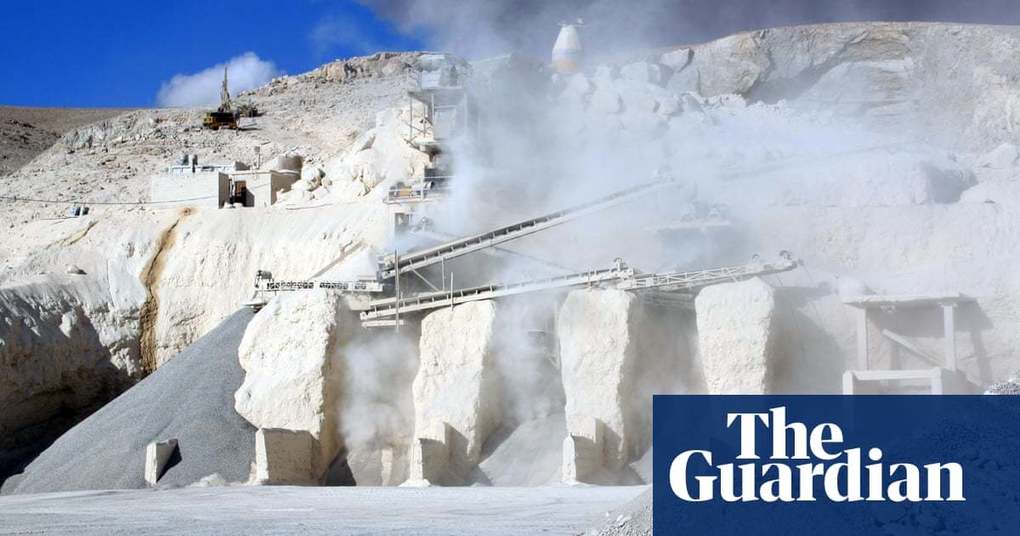
The economic restructuring of the United States is reconfiguring cities, political alignments, rural patterns and so many more systems. I would like to highlight how retail has changed in the last few decades in the United States.
In the early 2000s, I was visiting a small, declining Pennsylvania town name Bradford. One of the residents was bemoaning the economic and demographic decline of this Appalachian city of about 10,000 residents, noting how the most ambitious and brightest high schoolers from the area have moved out, leading to brain drain. Many locally owned businesses on Main Street had been struggling, and the resident said, “Thank goodness for Walmart and the Dollar stores…those are the only things that are keeping business around this town.” Out of politeness to my host, I didn’t mention that I saw the opposite happening: Wal-Mart and the Dollar stores, were capitalizing on economies of scale to muscle out locally businesses, creating an economic pattern that would have negative long-term consequences on this community and others like it.
Bradford, PA is not unique, but emblematic of many places in the United States. Over 10,000 new dollar stores have sprouted up in the United States since 2000, especially in small towns and rural areas. Some places are starting to push pack, since the communities are not seeing this as a positive development for the community.
Online shopping is another persistent pattern of the last few decades that is reconfiguring our cities, and the COVID-19 pandemic has intensified these issues that were already under way. Department stores have been anchors of shopping malls, which themselves are struggling after overexpanding. Many department stores have gone under, and those remaining brick-and-mortar department stores are struggling against the online shopping paradigm shift. Business with continue, but it will not be business as usual.
QUESTIONS TO PONDER: Why can cheap retail stores have a negative impact on a local community? Can you see this anywhere in your community? How does online shopping positively and negatively impact your community?
SOURCES/Further Reading materials:
CITYLAB: The Dollar Store Backlash has begun
VOX: Death of the Department Store and the Middle Class (from November)
NY TIMES-Death of the Department Store (from April)
CNBC-Department stores could be in their last stages (from September)








